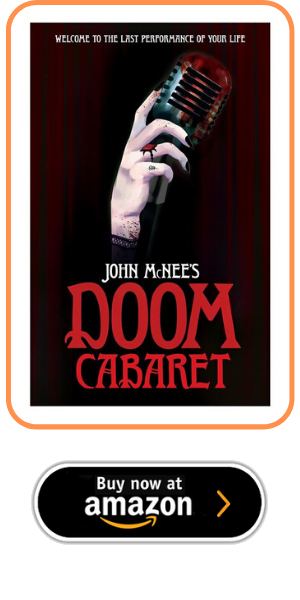 The UK is torn, awaiting the outcome of the Brexit negotiations that will define who we are, who our children are. We dream of these islands, and what they will become. Unsung Stories have gathered writers from across genre and literary fiction for a new anthology of short stories. Whilst we all struggle to understand what it means to live on the British Isles, the land prevails, and preserves secrets and memories older than our ability to remember them. By drawing together leading voices of horror and fantasy, our stories reveal the weird spaces between us. The anthology will be funded by a Kickstarter campaign which launched on 23 August 2018. Having met the target of £2,500 within the first 12 hours of funding, three stretch goals have also been added to the campaign. At the £5,000 mark, a new story by Alison Littlewood will be added to the anthology; at £7,500, a new story by Robert Shearman; and at £10,000, a new story by Kirsty Logan. Speaking about the anthology, Dan Coxon, Editor at Unsung Stories, said, “When this anthology first started coming together, the Brexit referendum was still looming in our future. Now, as we struggle to imagine what Britain will look like post-Brexit - after the power struggles and the in-fighting, the failed negotiations and the resignations - that question seems more relevant than ever. “This Dreaming Isle looks to the past for its inspiration, but it also turns the looking glass towards Britain now, questioning who we are and who we are becoming. While they’re rooted in folk tales and local legends, these stories offer an unsettling, frightening glimpse of the nation we are today. “Ranging from hauntings to mythical mer-people, it’s an anthology that offers a different definition of what Britain is: a land that is still emerging from the mist.” This Dreaming Isle will be published by Unsung Stories in late 2018. CLICK HERE TO SUPPORT THIS KICKSTARTERSomething strange is happening on British shores. Britain has a long history of folk tales, ghost stories and other uncanny fictions, and these literary ley lines are still shimmering beneath the surface of this green and pleasant land. This strangeness crawls out from the dark places of the British imagination, seeping into our art and culture. This Dreaming Isle is an anthology of new horror stories and weird fiction with a distinctly British flavour. It collects together fifteen exclusive new stories that draw upon the landscape and history of the British Isles. Some explore the realms of myth and legend, others are firmly rooted in the present, engaging with the country’s forgotten spaces. This Dreaming Isle reclaims the dark heart of Britain’s literary legacy, featuring original fiction from: This Dreaming Isle reclaims the dark heart of Britain’s literary legacy, featuring original fiction from: Ramsey Campbell, multi-award winning author of over 40 novels Andrew Michael Hurley, author of The Loney and Devil’s Day Catriona Ward, author of Rawblood and Little Eve Jenn Ashworth, author of Fell, Cold Light and more Gareth E. Rees, author of Marshland and The Stone Tide Tim Lebbon, screenwriter and author of over 35 books including Dusk, The Silence and Relics Aliya Whiteley, author of The Beauty, The Arrival of Missives and The Loosening Skin (forthcoming from Unsung Stories) Stephen Volk, screenwriter and author of Whitstable, Monsters in the Heart and more James Miller, author of UnAmerican Activities, Lost Boys and Sunshine State Jeannette Ng, author of Under the Pendulum Sun Richard V. Hirst, co-author of The Night Visitors Alison Moore, author of The Lighthouse, Missing and more Gary Budden, author of Hollow Shores Angela Readman, author of Don’t Try This at Home and The Book of Tides This Dreaming Isle (ISBN: 9781907389504, RRP £9.99) - An anthology of fourteen literary horror and fantasy short stories.
CLICK HERE TO SUPPORT THIS KICKSTARTERDetails of all other titles published by Unsung Stories can be found at www.unsungstories.co.uk/allbooks APEX PUBLICATIONS ASK YOU TO DO NOT GO QUIETLY AN INTERVIEW WITH JASON SIZEMORE AND LESLEY CONNER
|
Archives
April 2023
|

























 RSS Feed
RSS Feed

